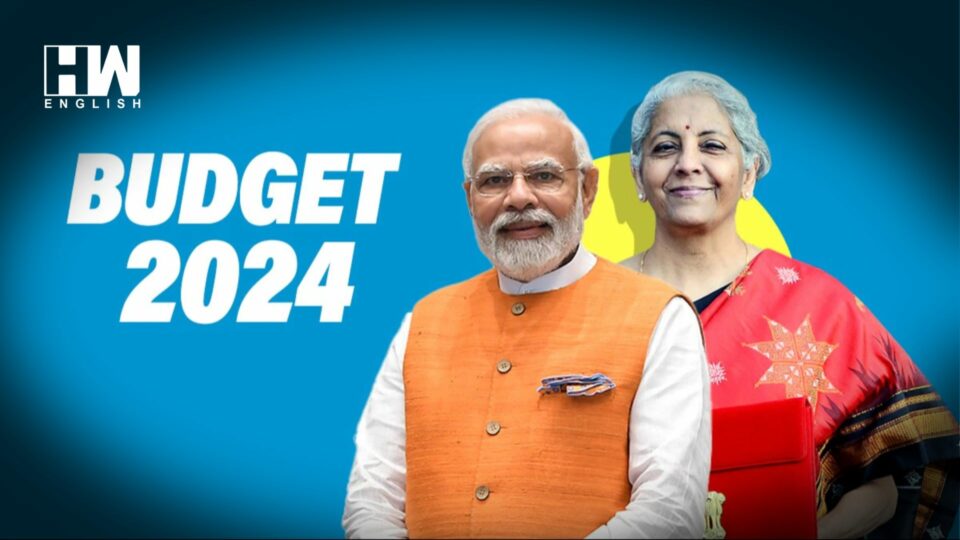Finance Minister Nirmala Sitharaman is set to announce the Interim Budget 2024-25, with economists anticipating several announcements focusing on job creation, social welfare, and affordable housing.
One fundamental expectation is an increase in the funds allocated to the government’s flagship direct benefit transfer scheme, Pradhan Mantri Kisan Samman Nidhi (PM-Kisan). Economists polled by The Economic Times foresee a 50% rise, raising the annual amount from Rs 6,000 to Rs 9,000.
Low-cost housing is also expected to receive attention, with a new version of the Pradhan Mantri Awas Yojana (PMAY) anticipated. Additionally, economists believe Sitharaman will continue emphasizing job creation through sustained infrastructure spending.
Also Read: Midnight Aarti At Gyanvapi After Court Ruling
Six of ten economists highlighted a higher allocation for PM-Kisan as an expected social sector intervention. Similarly, six economists identified PMAY as a probable focus area in the interim budget.
Sakshi Gupta, Principal Economist at HDFC Bank, suggested potential support increases under PM-Kisan to a range of Rs 8,000 to Rs 10,000, with the previous budget allocating Rs 60,000 crore to the scheme.
Yuvika Singhal from QuantEco predicted an expected amount of Rs 9,000 per year for PM-Kisan and hinted at a potential new iteration of the rural housing scheme, PMAY-Gramin. Singhal also highlighted a possible increased focus on technology to enhance social spending outreach.
Economists also anticipated support for women and higher allocations for the Mahatma Gandhi National Rural Employment Guarantee Scheme (MGNREGS). Despite a reduction in MGNREGS allocation in the previous budget, additional funds were approved in December 2023.
Various measures to support agriculture are expected, including extending income transfer schemes, fertilizer subsidies, higher agricultural credit targets, crop insurance, and increased funding for rural employment schemes.
There’s also the anticipation of enhanced incentives for job creation in labour-intensive sectors and social security measures for organized sector workers. Despite the focus on social spending, the government is expected to prioritize capital expenditure, aiming for a fiscal deficit of 5.3% of GDP in FY25, with plans to reduce it to 4.5% in FY26.
As an independent media platform, we do not take advertisements from governments and corporate houses. It is you, our readers, who have supported us on our journey to do honest and unbiased journalism. Please contribute, so that we can continue to do the same in future.

